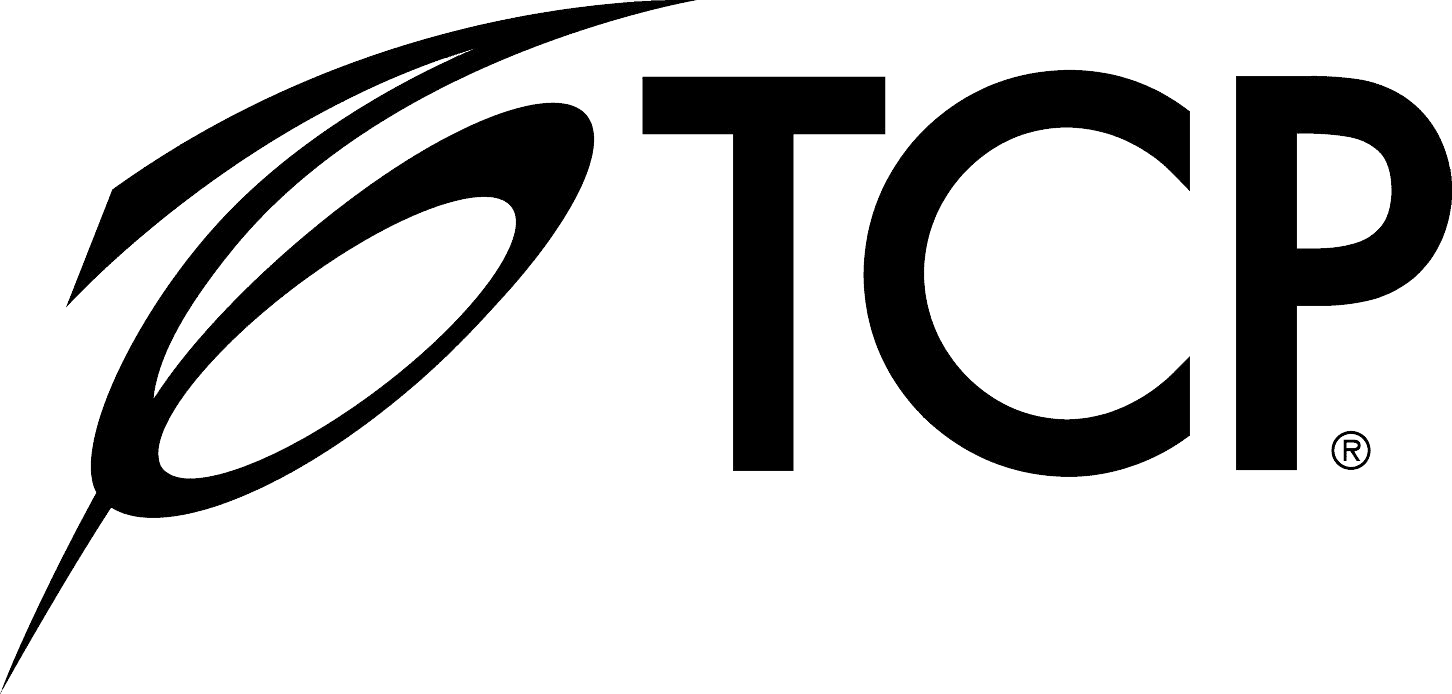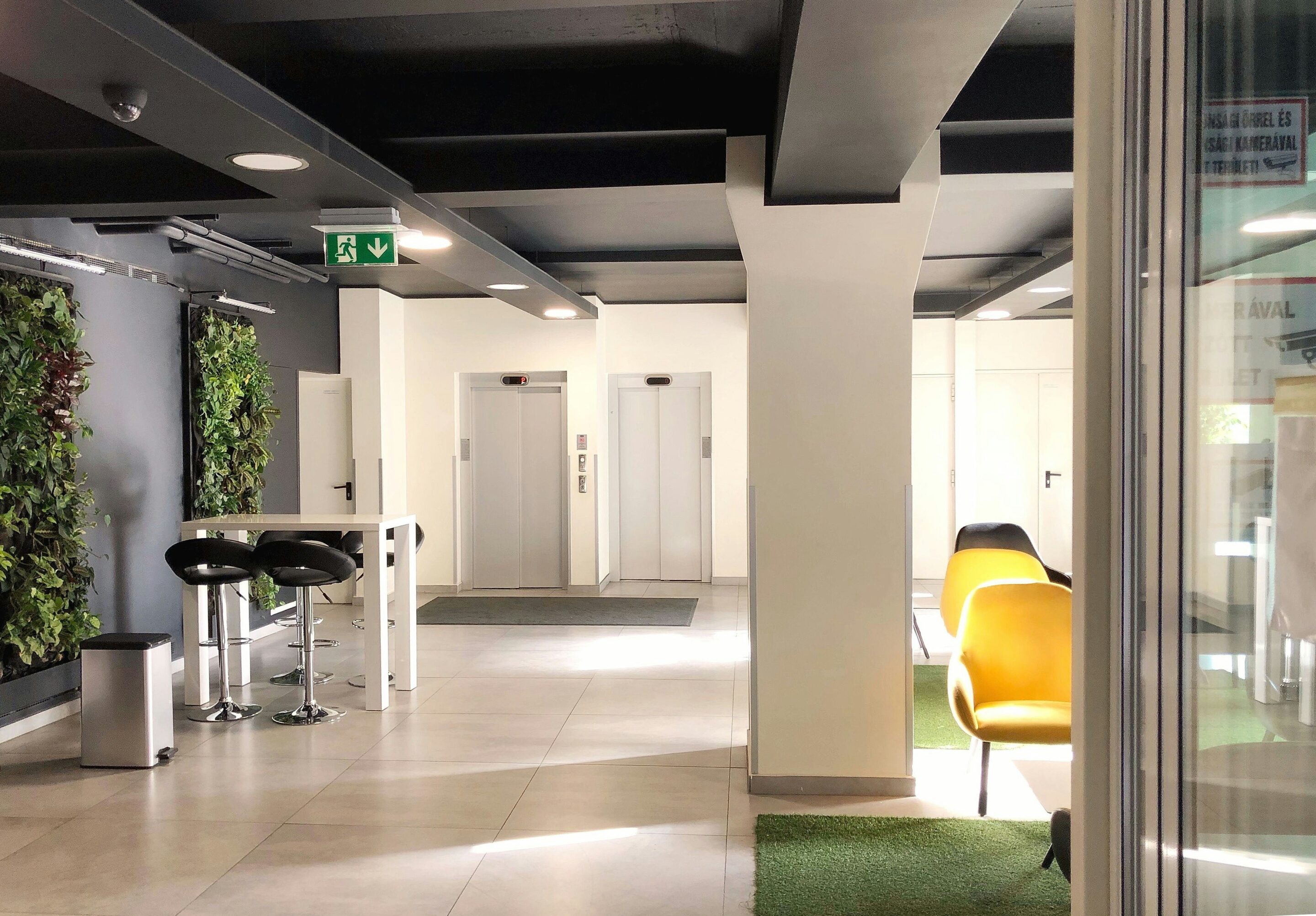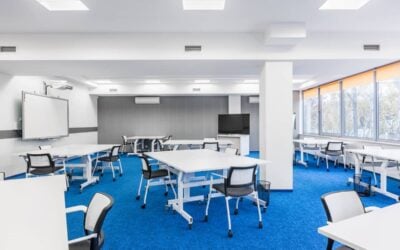Understanding Different Types of Lighting
Lighting is key to creating functional and aesthetically pleasing environments. TCP, a leading innovator in LED lighting solutions, offers a diverse range of products designed to meet every need in every kind of commercial or residential space.
Types of Lighting
Understanding the different types of lighting is essential for effective illumination. The primary types of lights include:
Ambient Lighting
Ambient lighting provides overall illumination, ensuring a space is uniformly lit. It serves as the foundation for all other lighting types. Common sources include ceiling-mounted fixtures, chandeliers, and recessed lighting. TCP’s LED fixtures offer energy-efficient options that enhance the ambiance of any room.
Task Lighting
Task lighting focuses on specific areas to enable activities such as reading, cooking, or working (from bedrooms, kitchens and offices). Examples include desk lamps, under-cabinet lights, and pendant lights – along with general purpose strip lights. TCP’s task-oriented LED solutions provide bright, focused light to improve efficiency and safety among other benefits.
Accent Lighting
While task lighting focuses on lighting for specific tasks or actions, accent lighting highlights particular features or areas within a space, adding depth and visual interest. Track lighting, wall-mounted sconces, and picture lights are typical examples. TCP’s accent lighting options are designed to showcase architectural elements and artwork effectively.
Decorative Lighting
Decorative lighting contributes to the aesthetic appeal of a space. While it may not provide significant illumination, it adds character and style. You may not be able to optimally complete a task or effectively use light to accentuate a space. However, the use of light as actual decor adds a new dimension to your aesthetic options. TCP is especially creative in designing decorative lighting.
Lighting Terminology Explained
Be sure you are familiar with lighting terminology. This can aid in selecting the appropriate fixtures for your needs. Here are some key terms:
Watt & Lumen
Wattage measures the amount of energy a light bulb consumes. Watts measure the amount of energy a light uses, while lumens measure the amount of light a light produces. Lumens are a better indicator of brightness than watts because lights have become more energy efficient.
Color Rendering Index (CRI)
The Color Rendering Index (CRI) is a scale from 0 to 100 that measures how accurately a light source displays colors compared to natural light. A higher CRI indicates better color accuracy, which is crucial in settings where color perception is important.
Color Temperature
Color temperature, measured in Kelvins (K), describes the hue of a light source. Lower values (2700K–3000K) emit warm, yellowish light, while higher values (4000K–5000K) produce cool, bluish light. Selecting the appropriate color temperature can influence the mood and functionality of a space.
Illuminance
Illuminance refers to the amount of light that falls on a given area, measured in lux. It determines how well-lit a space is and is essential for ensuring adequate visibility for tasks.
Beam Spread
Beam spread refers to the angle at which light is distributed from a fixture. A narrow beam (10°–25°) creates focused, dramatic lighting ideal for highlighting specific objects or areas. A wide beam (40°–60° or more) offers broader, softer illumination suitable for general lighting.
Illuminate Your Space with TCP Lighting
Now you understand how the way you light and the products you choose can impact health, wealth, efficiency, and cost savings. Whether you’re looking to enhance your home’s ambiance, improve task lighting, or highlight architectural features, TCP’s products provide energy-efficient and stylish options to meet your needs. Contact us for expert guidance on your next lighting project!







